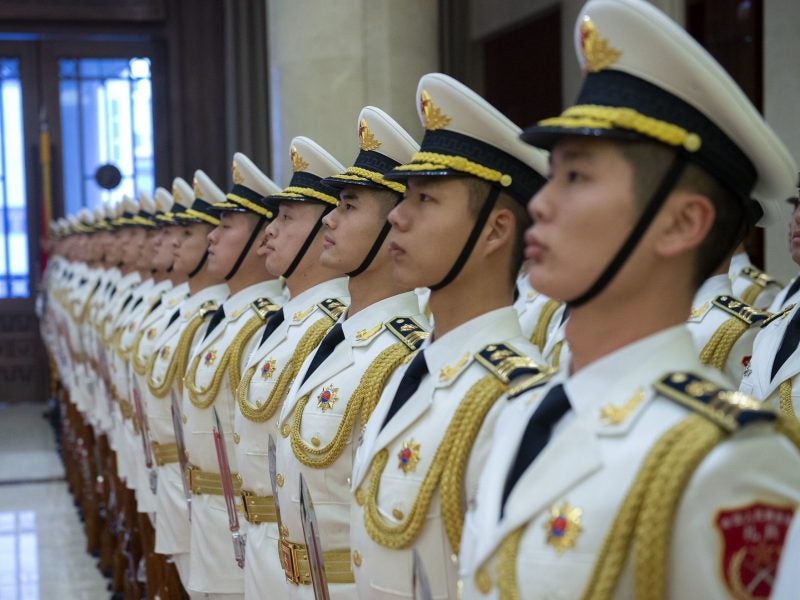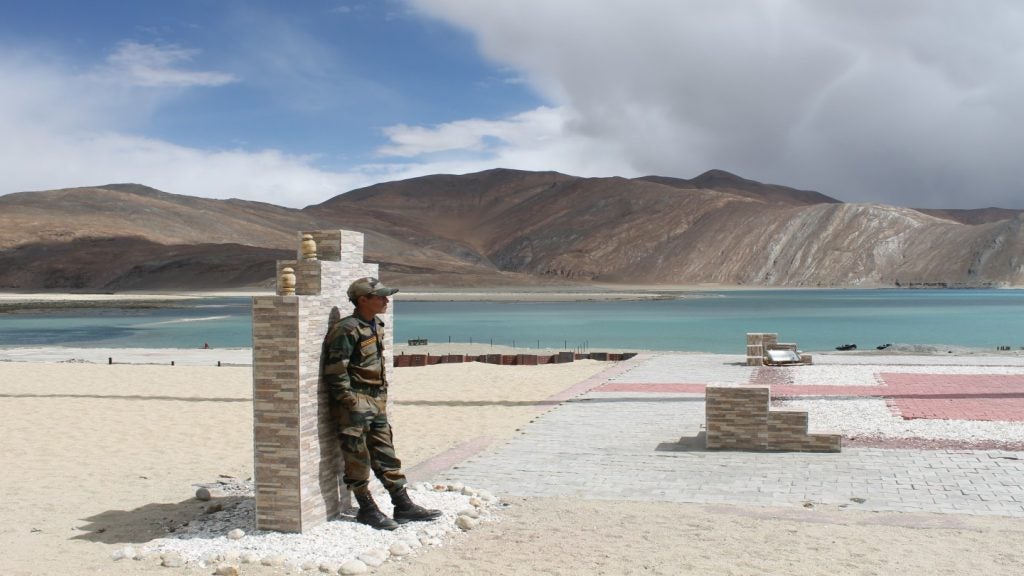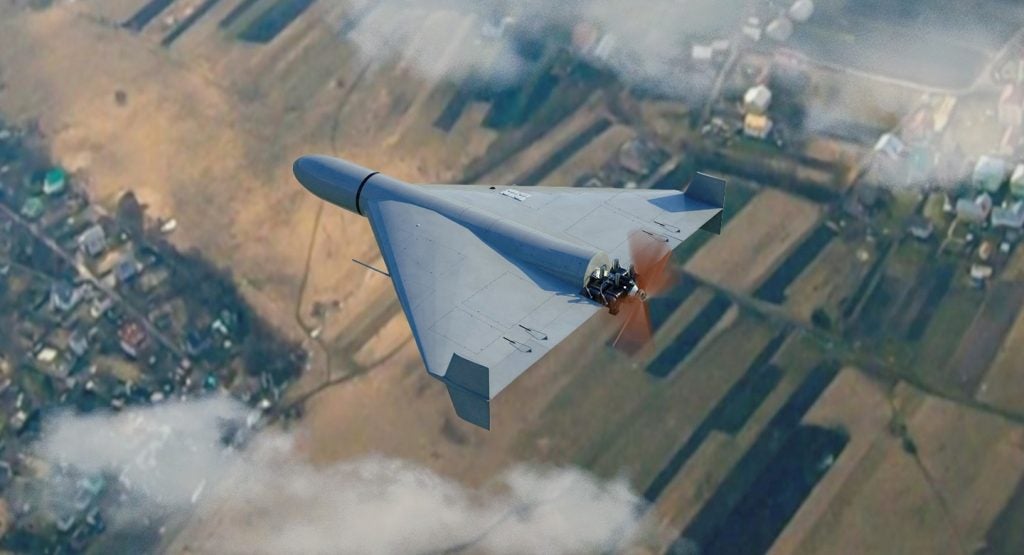
The white paper explores everything from foreign military power to near-peer challenges and the threat of “secessionists” to national security. Split into various sections the document shows how the PRC plans to respond to changing economic and military dominance.
The document also serves as a check-up on the progress of the People’s Liberation Army in terms of modernisation, reforms and effectiveness, promoting an image of a peaceful nation that is also ready to stand up to adversaries at a moment’s notice.
International defence environment
The document outlines the threats to international security presented by cultural hegemony – leadership or dominance – and continued “regional conflicts”. Like previous white papers, China insinuates that the US is undermining “global stability” with its pursuit of new space-based systems, renewed nuclear capabilities, and ever-increasing defence budget.
The white paper also touches on Russia’s shoring up of conventional and nuclear arsenals, to “safeguard its strategic security space and interests”, but does not mention Russian intervention in Eastern Europe and its aggressive pursuit of cyber-attacks.
The document cites the enlargement of NATO and the alliances more visible presence across Eastern Europe in response to Russian actions. The document also praises the strengthening of military relationships between China and Russia.
Declaring that: “the military relationship between China and Russia continues to develop at a high level, enriching the China-Russia comprehensive strategic partnership of coordination for a new era and playing a significant role in maintaining global strategic stability.”
How well do you really know your competitors?
Access the most comprehensive Company Profiles on the market, powered by GlobalData. Save hours of research. Gain competitive edge.

Thank you!
Your download email will arrive shortly
Not ready to buy yet? Download a free sample
We are confident about the unique quality of our Company Profiles. However, we want you to make the most beneficial decision for your business, so we offer a free sample that you can download by submitting the below form
By GlobalDataThe document spends time discussing the setbacks of disarmament treaties across the world. With the US pulling out of the Iran Nuclear Deal and the suspension of the Intermediate Nuclear Forces Agreement.
The security situation in the Asia-Pacific
The white paper spends a section looking at China’s relationship with its neighbours including South Korea and Japan to the east, India and Pakistan to the west and Australia to the south. Again the white paper focuses its attention on the US for “destabilising the region”.
The report says: “Even as the world economic and strategic centre continues to shift towards the Asia-Pacific, the region has become a focus of major country competition, bringing uncertainties to regional security.”
It identifies the US deployment of the Terminal High Altitude Area Defence (THAAD) system in South Korea as a cause of unease, which, it says, upsets the strategic balance of the region.
A key focus of this section is what China calls “regional hotspots”, like the Korean Peninsula and the ongoing India-Pakistan dispute over the Kashmir region. India and Pakistan have seen an uptick in border hostilities with an Indian fighter jet being shot-down after it entered Pakistani airspace.
The white paper compares the threat caused by uncertainty in both areas this with the relative stability of South Asia
Threats to China’s national defence
Despite the ongoing persecution of ethnic Uighurs in Northern China and ongoing pro-democracy protests in Hong Kong, The white paper describes how China “continues to enjoy political stability, ethnic unity and social stability. There has been a notable increase in China’s overall national strength, global influence, and resilience to risks”.
The chief security risks for China’s national defence is that of “separatist” regions such as Taiwan, Tibet and East Turkistan. China says pushes for independence are posing a threat to “national security and social stability”. The white paper decries Taiwan, officially known as the Republic of China, for seeking ‘Taiwan independence’.”
PRC has been increasing pressure for reunification and tensions have increased in the Taiwan Strait after the US agreed a large-scale arms deal with the state.
The document adds: “The ‘Taiwan independence’ separatist forces and their actions remain the gravest immediate threat to peace and stability in the Taiwan Strait and the biggest barrier hindering the peaceful reunification of the country.”
The white paper also strongly asserts China’s sovereignty over the waters that surround it. It outlines ways in which the country can ensure its dominance on water, from declaring that “The South China Sea islands and Diaoyu Islands are inalienable parts of the Chinese territory” to writing of the country’s readiness to deploy defence apparatus on islands and reefs to bolster these claims.
China’s defensive priorities
The most notable aims are “to oppose and contain ‘Taiwan independence’” and “to crack down on proponents of separatist movements such as ‘Tibet independence’ and the creation of ‘East Turkistan’”. These aims make clear that the PLA will be taking more steps to quell unrest in regions already teaming with security to stamp out what PRC sees as threats.
In the case of Taiwan, China is pushing for a policy similar to its rule over Hong Kong – One China, Two Systems. In a strongly-worded section, China promises to “resolutely defeat anyone attempting to separate Taiwan from China and safeguard national unity at all costs.”
China emphasises how its armed forces have never started a conflict while setting out their strength. The document states: “No matter how it might develop, China will never threaten any other country or seek any sphere of influence.” This, however, contradicts the legacy of Chinese President Xi Jinping’s belt and road initiative expanding China’s influence on its neighbours.
The project has seen Chinese investment flood into poorer nations to build military bases in Sri Lanka, ports in Pakistan and thousands of infrastructure projects across the African continent to increase China’s trade dominance and enshrine its political influence.
Modernising the People’s Liberation Army
The white paper outlines how the PLA will keep pace with technology. The document declares the Chinese Armed Forces’ intentions “to generally achieve mechanisation by the year 2020 with significantly enhanced informationisation and greatly improved strategic capabilities” [sic]. Also “to comprehensively advance the modernization of military theory, organizational structure, military personnel, and weaponry and equipment in step with the modernization of the country and basically complete the modernization of Chinese defence and the military by 2035.”
And finally “to fully transform the people’s armed forces into world-class forces by the mid-21st century.”
The white paper shows China’s ambitions to assert itself while not acting as an aggressor, preferring to highlight the country’s focus on quashing internal trouble’s rather than actively seeking to expand its influence. It declares the PLA a “staunch force for world peace, stability and the building of a community with a shared future for mankind”. However, the country’s foray into the South China Sea and ratcheting pressure on regions seeking autonomy paint a different picture.







